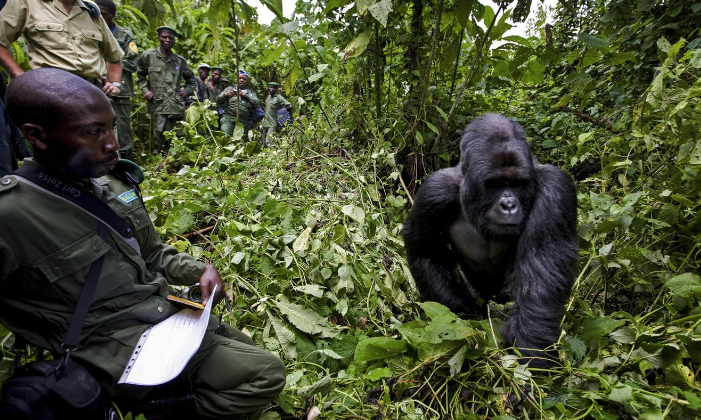Gorilla Conservation in National Parks
Gorilla conservation is a critical issue that has garnered increasing attention worldwide. As these magnificent creatures face threats from habitat loss, poaching, and disease, national parks play a vital role in their protection. Understanding the efforts and challenges in conserving gorillas can inspire action and support for these endangered species.
Importance of National Parks
National parks serve as safe havens for gorillas and a host of other wildlife. These protected areas provide a sanctuary from poachers and destructive agricultural practices, allowing ecosystems to thrive. For instance, Virunga National Park in the Democratic Republic of the Congo is renowned for its biodiversity, including the critically endangered mountain gorilla. By safeguarding these habitats, national parks not only protect gorillas but also maintain ecological balance and promote tourism, which can provide financial support for conservation efforts.
Community Involvement in Conservation
Engaging local communities is essential for the success of gorilla conservation. Many national parks have implemented programs that involve local residents in wildlife protection initiatives. By fostering coexistence and educating communities on the importance of gorillas, these programs help reduce human-wildlife conflicts. For example, projects in Rwanda encourage locals to participate in eco-tourism, enabling them to benefit economically while protecting gorilla populations. This collaborative approach enhances conservation efforts and promotes a sustainable future for both the communities and the gorillas they protect.
Challenges Facing Gorilla Conservation
Despite significant progress, gorilla conservation still faces numerous challenges. Habitat destruction due to logging, agriculture, and infrastructure development poses a constant threat to gorilla populations. Additionally, poaching for bushmeat and illegal wildlife trade remains a significant concern. The Ebola virus has also caused devastating declines in certain gorilla populations in Africa. Addressing these issues requires concerted efforts among governments, non-profit organizations, and the global community to implement stricter protections and develop sustainable land-use practices.
In conclusion, gorilla conservation in national parks is a multifaceted issue that requires awareness and action. By supporting conservation efforts and advocating for protective measures, individuals can contribute to ensuring these incredible primates thrive for generations to come. Learn more about how you can make a difference, whether through donating to conservation organizations or spreading awareness about the importance of protecting gorillas and their habitats. Every effort counts!

